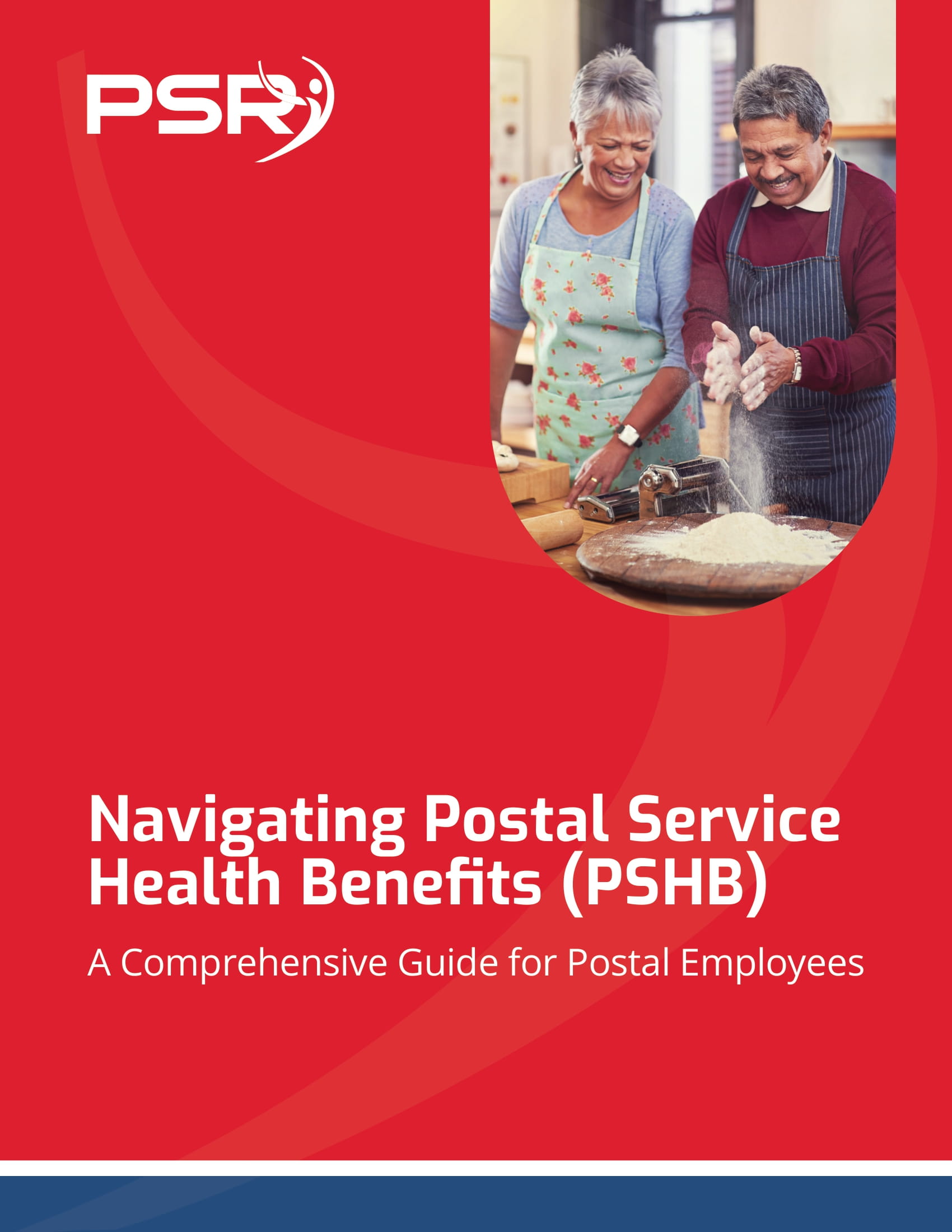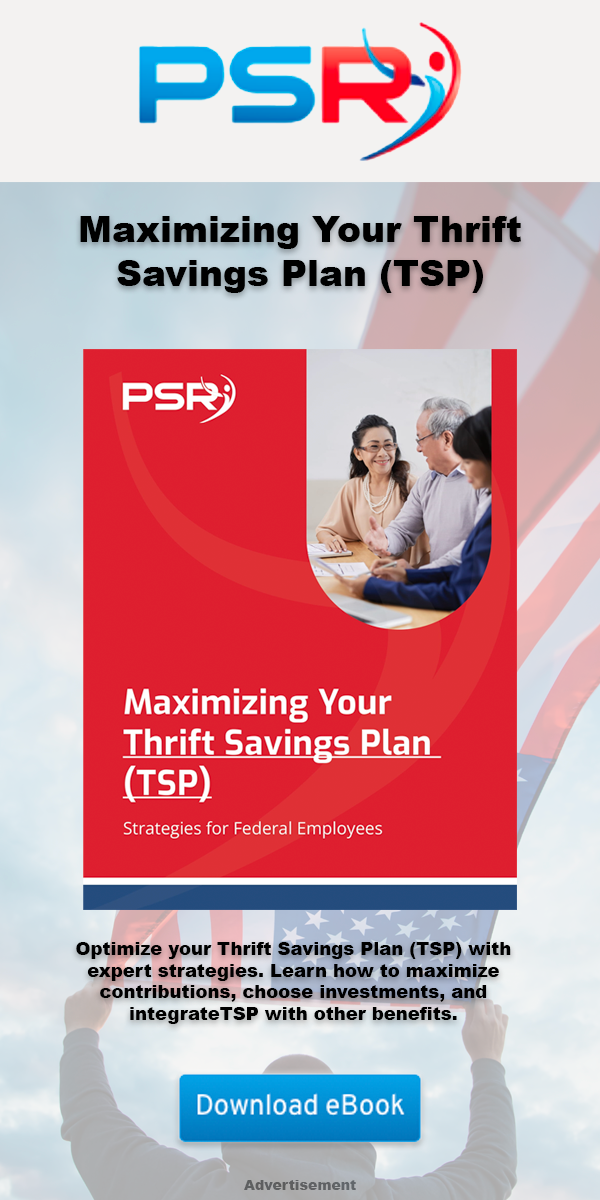Key Takeaways
-
Federal employees and retirees can take strategic steps to manage rising FEHB premiums without compromising on coverage quality.
-
Coordinating FEHB with Medicare and exploring additional savings options can make healthcare costs more predictable and affordable.
Understanding the Rising Costs of FEHB Coverage
Federal Employees Health Benefits (FEHB) coverage is a cornerstone of healthcare for federal workers and retirees. However, as of 2025, premiums have climbed significantly—an average increase of 11.2%, with enrollees shouldering a 13.5% rise. These growing costs can strain your budget, especially if you’re a retiree living on a fixed income. Understanding these trends and planning accordingly is essential to ensure your coverage remains affordable and effective.
- Also Read: FAA, Law Enforcement, and Special Federal Employee Categories—Here’s What Makes Their Retirement Unique
- Also Read: Blending Private and Public Sector Retirement Plans Is Complicated—Here’s Where Couples Get It Wrong
- Also Read: The Silent Shift in Postal Service Retirement Benefits That Could Change Everything by 2026
Taking Advantage of Medicare Coordination
If you’re a federal retiree eligible for Medicare, coordinating it with your FEHB plan can yield substantial savings. Here’s how it works:
Enroll in Medicare Part A
Medicare Part A, which covers hospital services, is premium-free for most people. By combining it with your FEHB coverage, you may reduce your out-of-pocket costs for hospital stays and related services.
Consider Medicare Part B
Although Medicare Part B comes with a monthly premium ($185 in 2025), it covers outpatient care, doctor visits, and preventive services. Many FEHB plans waive deductibles, copayments, or coinsurance if you’re enrolled in Part B, making it a cost-effective option.
Leverage Medicare Part D for Prescriptions
Most FEHB plans include prescription drug coverage, but Medicare Part D adds a $2,000 annual out-of-pocket cap on drug costs in 2025. This cap eliminates the financial burden of high-cost medications, ensuring predictability in your expenses.
Maximize Open Season Opportunities
Open Season, held annually from mid-November to mid-December, allows you to review and make changes to your FEHB plan. This is your chance to:
-
Compare Plans: Use the Open Season window to evaluate plans with lower premiums or better cost-sharing structures that suit your healthcare needs.
-
Assess Plan Coverage: Ensure the plan aligns with your medical needs, including prescription drug coverage, specialist access, and preventive care.
-
Opt for High-Deductible Plans: If you’re healthy and rarely use medical services, a high-deductible health plan (HDHP) paired with a Health Savings Account (HSA) could save money over time.
Taking full advantage of Open Season ensures you’re not overpaying for features you don’t use.
Flexible Spending Accounts (FSA): A Hidden Gem
Federal employees still in active service can enroll in an FSA to manage healthcare expenses more efficiently. Here’s why it’s worth considering:
-
Tax Savings: Contributions are made pre-tax, reducing your taxable income and saving money.
-
Eligible Expenses: Use FSA funds for copays, prescriptions, medical equipment, and more.
-
Annual Contribution Limits: For 2025, you can contribute up to $3,300 to a healthcare FSA, providing significant tax advantages.
-
Carryover Allowance: If your plan permits, you may carry over up to $660 of unused funds into the following year.
FSAs don’t carry over entirely, so plan to use the funds within the year.
Choosing the Right Coverage Level
FEHB plans offer different coverage tiers, such as Self Only, Self Plus One, and Family. Selecting the appropriate level can prevent overpaying for unnecessary benefits:
-
Self Only: Ideal for individuals without dependents.
-
Self Plus One: Covers you and one eligible family member, often at a lower cost than a Family plan.
-
Family: Best for those with multiple dependents needing coverage.
Evaluate your family’s healthcare needs annually to ensure you’re in the right tier.
Retirees: Evaluate FEDVIP Options
The Federal Employees Dental and Vision Insurance Program (FEDVIP) offers supplemental dental and vision coverage, which can complement your FEHB plan. While FEDVIP premiums are separate from FEHB, bundling these benefits can reduce out-of-pocket expenses for specialized care.
-
Dental Coverage: Includes routine cleanings, crowns, and orthodontics.
-
Vision Coverage: Covers eye exams, glasses, and contact lenses.
Ensure you’re getting value for the services you use most.
Strategies to Offset Premium Increases
FEHB premiums may rise, but you can take proactive steps to mitigate the financial impact:
1. Leverage Preventive Care
Most FEHB plans offer free preventive services, including annual check-ups, vaccinations, and screenings. Utilizing these services keeps you healthier and reduces long-term medical costs.
2. Monitor Healthcare Usage
Track your healthcare spending to identify areas where you can cut costs. For instance, using generic medications or telehealth services can lower expenses without sacrificing quality.
3. Compare Provider Networks
In-network providers typically cost less. Ensure your preferred doctors and facilities are included in your plan’s network.
4. Plan for Catastrophic Events
Evaluate plans with strong catastrophic coverage to protect against unexpected high costs. These plans often have lower out-of-pocket maximums.
Keep an Eye on Retirement Healthcare Costs
As a retiree, your healthcare needs and costs evolve over time. Balancing your FEHB premiums with Medicare and other options requires a long-term strategy:
-
Budget Wisely: Factor healthcare premiums into your retirement income plan.
-
Consider Spousal Coverage: If your spouse is still working, you might benefit from their employer’s health insurance plan.
-
Stay Informed: Regularly review your plan’s benefits and changes to avoid unexpected expenses.
Utilize Wellness Programs
Many FEHB plans now include wellness incentives, which can improve your health while saving money:
-
Weight Management Programs: Reduce obesity-related health issues.
-
Smoking Cessation Support: Quit smoking with free or discounted resources.
-
Fitness Rewards: Some plans reimburse gym memberships or offer discounts for exercise programs.
Taking advantage of these programs not only improves your well-being but also lowers your healthcare costs in the long run.
Avoid Common Pitfalls
Managing your FEHB coverage effectively means avoiding mistakes that could cost you:
-
Ignoring Open Season: Failing to review your options annually can leave you stuck with a plan that doesn’t meet your needs.
-
Overlooking Coordination Opportunities: Missing out on Medicare or spousal coverage can result in higher out-of-pocket costs.
-
Underestimating Future Costs: Healthcare expenses typically rise with age. Plan accordingly to avoid financial surprises.
Secure Your Coverage for a Healthier Future
Rising healthcare costs can feel overwhelming, but taking control of your FEHB plan ensures it remains a valuable part of your benefits package. By reviewing your options annually, coordinating with Medicare, and leveraging available resources, you can keep your coverage affordable without sacrificing quality. Start exploring your options today to stay ahead of the curve.












